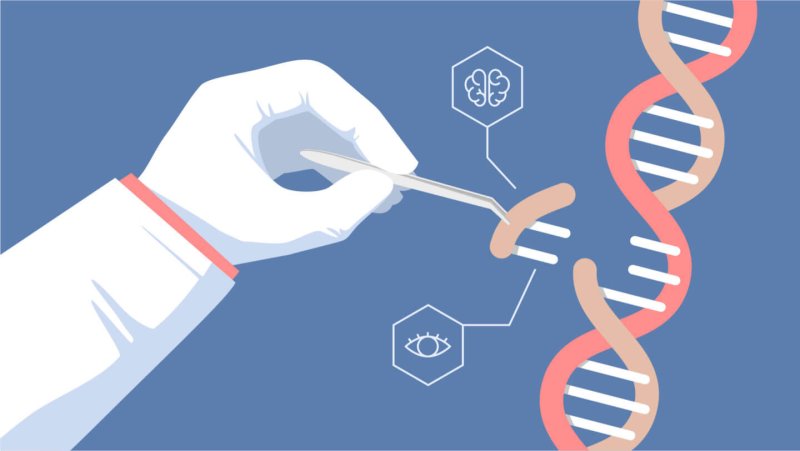This is the public face of genome editing or, as it is sometimes called, gene editing: a technology capable of creating “superbabies” with optimised DNA, free from disease and tweaked for perfection. But these are not the applications causing the most excitement in the lab. Instead, the precision offered by tools such as Crispr-Cas9 is revolutionising diagnostics, drug discovery and the treatment of single-gene diseases.
Crispr-Cas9, often shortened to Crispr, is the best-known gene-editing technology. It is a chunk of bacterial genetic code that behaves like a sat-nav, homing in on a specific location in a genome; Cas9 is a cutting enzyme that works like molecular scissors, snipping out portions of DNA.
…
There are thought to be around 10,000 disorders resulting from a single mutation, such as cystic fibrosis. “Many scientists consider genome editing to have great potential for dealing with inherited genetic disorders,” says Professor Robin Lovell-Badge, a developmental biologist and geneticist at the Francis Crick Institute in London.
Genome editing is also proving useful for “knockout screening”, a popular approach in R&D. By snipping out a gene and seeing what functions are affected or which disorders appear, drug targets can be identified. It is also a clever way of facing down drug resistance: researchers can knock genes out of cells, flood the cells with drugs, and then see whether those cells become more sensitive to treatment.
Read full, original post: Beyond ‘superbabies’: how Crispr is revolutionising medicine































